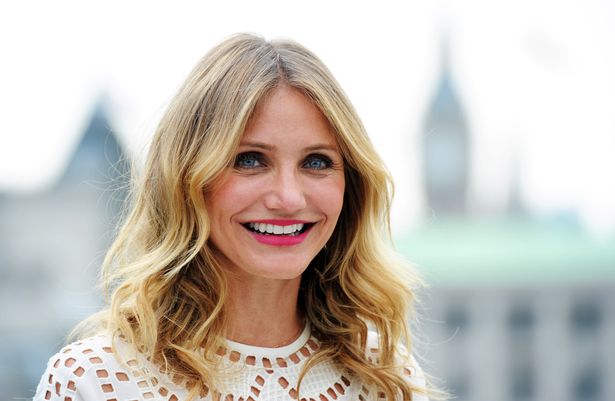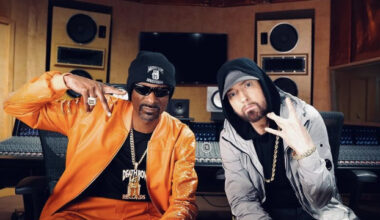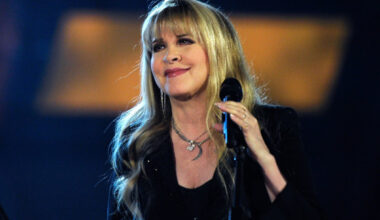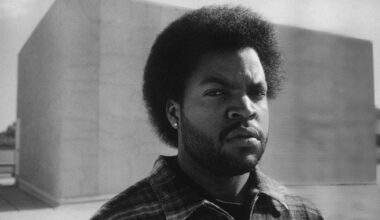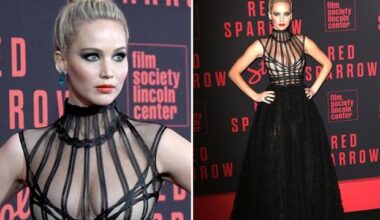At one point during the 1990s, there were few bigger Hollywood icons than Cameron Diaz, star of The Mask, There’s Something About Mary and Being John Malkovich, as well as a figure of adolescent yearning across the world. Known in Hollywood for her natural charm and effortless ability to commandeer the camera, Cameron Diaz’s popularity waned in the mid-noughties until her retirement from the business in 2015. With just over ten years at the very heights of the industry, just what happened to the influence of Cameron Diaz?
Raised in Long Beach, Diaz attended Beach Polytechnic High School, where she was coincidently a classmate of the influential rapper Snoop Dog, and meanwhile, signed a modelling contract at the age of 16. Working for several high-profile companies, including Calvin Klein, Levi’s and Coca-Cola, it wasn’t until 1994 and the release of Chuck Russell’s The Mask that Diaz’s acting career was catapulted into the cultural limelight.
Auditioning to play a jazz singer named Tina Carlyle, Cameron Diaz successfully won the part, though after having no previous acting experience, she quickly immersed herself into the world of performance. Starring alongside the acting giant Jim Carrey, The Mask would go on to achieve great commercial acclaim, establishing Diaz as a ’90s sex symbol, helping her to secure further roles in The Last Supper and Feeling Minnesota with Keanu Reeves.
Featuring shoulder-to-shoulder beside some of the decade’s most iconic stars such as Jennifer Aniston and Julia Roberts, Cruz helped to establish herself among the Hollywood elite despite having not yet appeared in a lead role. Appearances in My Best Friend’s Wedding and There’s Something About Mary would boost her popularity even further into the stratosphere, however, quickly becoming a Hollywood heartthrob. Though as Cruz entered the 21st century, her role in the enigmatic world of the industry began to blur.
The transitional years into the 21st century were certainly successful, reaching great critical acclaim with Spike Jonze’s directorial debut Being John Malkovich, as well as Oliver Stone’s sports drama Any Given Sunday where she would appear alongside Al Pacino. Charlie’s Angels, Vanilla Sky and Shrek soon followed into the new millennium, though the sheen on Diaz’s acting prowess was beginning to crack, and her industry identity confused between previous sex symbol and comedy actor.
Following the completion of Shrek in 2001, Cruz’s career was in an odd position as she looked toward a move back to her comedy roots after a collaboration with Martin Scorsese in Gangs of New York. The remaining noughties were filled with scattered releases, including a bored sequel to Charlie’s Angels in 2003 as well as weak romantic comedies, The Holiday and What Happens in Vegas. It appeared that Cameron Diaz’s career had come to an inexplicable grinding halt.
After several failed comedy attempts in Bad Teacher and Sex Tape, Diaz appeared in the 2014 musical Annie before bowing out of the film industry altogether the following year. Speaking at a Goop Health event in 2017, the actor pointed to the frequent travel time as to her retirement from the business, noting: “I just went, ‘I can’t really say who I am to myself,’ which is a hard thing to face up to”. Though, perhaps for Cameron Diaz, her popularity and fame had merely run their course. In the rapid world of Hollywood business, if you’re not moving, you’re behind, and as the industry rapidly changed in the new millennium, Cameron Diaz, like many similar ’90s icons, simply couldn’t keep up with the new pace.
